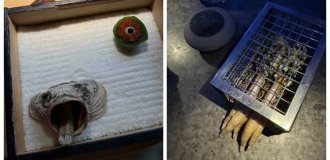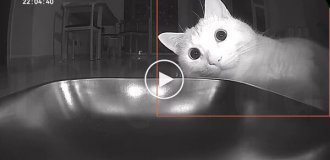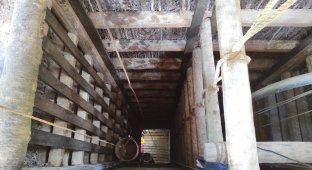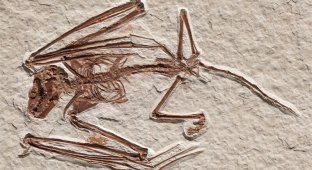Mönsted Kalkgruber is a unique limestone mine (11 photos + 1 video)
This place is not just one of many, but also almost 40 miles and 1,000 years of limestone mines beneath Denmark. 
If the walls of Mønsted Kalkgruber could talk, they would have a lot to tell about the thousands of people who have passed through the mines over the centuries. But there would probably be even more stories about the thousands of bats that live here to this day. 
The caves are not just old, they are ancient. As Denmark became increasingly Christian in the 11th century, limestone mining became a lucrative business, as the stone was used to build cathedrals. From then until the 19th century, miners used essentially the same technique - conveyor belts to transport limestone. In the mid-1800s, equipment was introduced, individual mines were merged, and tunnels were mined more intensively. Limestone remained profitable until the mid-20th century. The mines closed in 1953. 
In the decades since the quarry closed, the caves have changed hands many times. At one point, they belonged to Anker Buch, a concert violinist who put on amazing concerts inside thanks to the amazing acoustics. The mines are now a museum dedicated to the country's oldest industry. 
Museum and entrance to the underground
60 kilometers of underground passages make up the Mønsted Kalkgruber caves, but only two kilometers of them are illuminated. The tunnels vary greatly in size: some are as tall as a cathedral, while others are so low that an adult cannot walk through them standing upright. The tunnels open into various cave "rooms", many of which even contain entire underground lakes. Visitors to the Mønsted Kalkgruber Museum can wander through the caves on their own or take a train tour. 
However, the train ride is only possible from May to August out of respect for the cave dwellers - 18,000 bats. In the warm season, they fly all over Jutland, eating insects. In the autumn and winter months, the bats go to the caves, where they need the silence to hibernate (which is why there are no trains). 
At the beginning of the cold season, they hide in crevices, hidden from the eyes of visitors. Closer to spring, the bats wake up. They fly and hang from the ceilings, waiting for warmth. The Mönsted Kalkgruber Museum strives to preserve their population, so there is even a counter inside that records the movement of each individual. 

[thumb]https://cn22.nevsedoma.com.ua/p/28/2837/212_files/1_dd56e3ed f967ec19732d567137266a9e.webp[/thumb] 

























